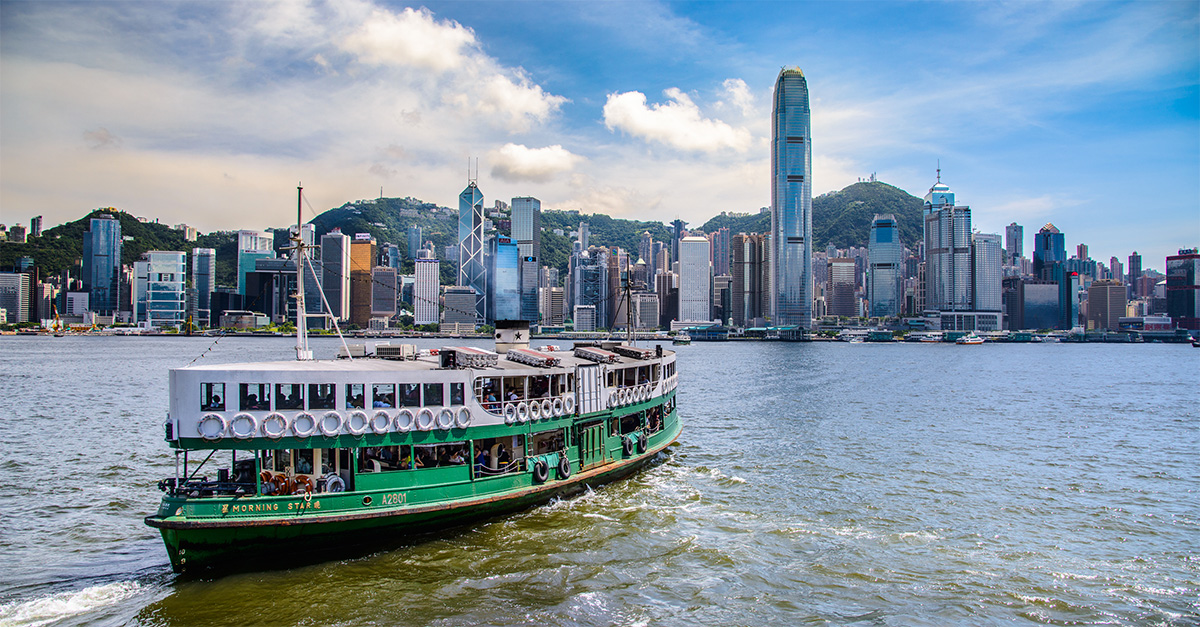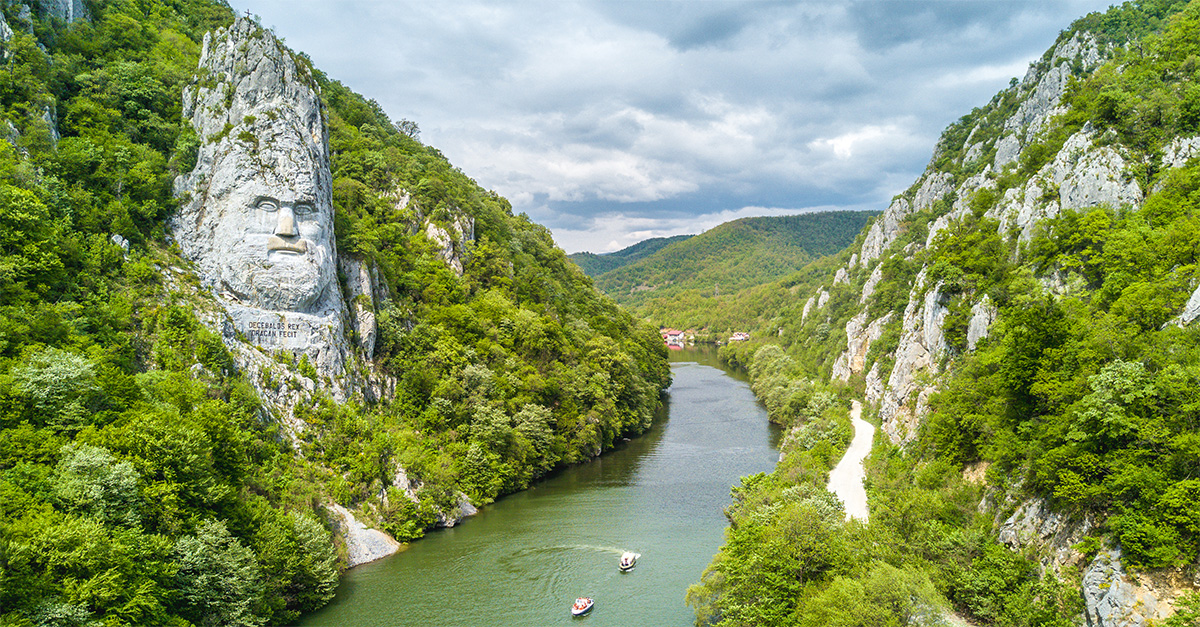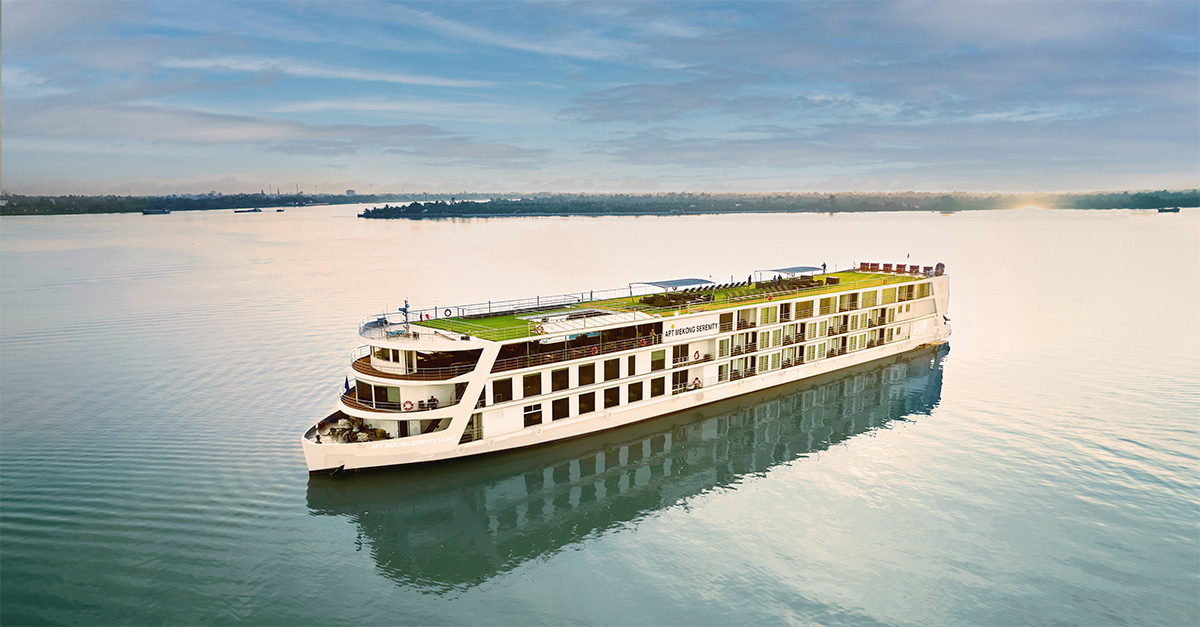Admittedly, my crocodile is rather smaller than the one Paul Hogan faces in Crocodile Dundee, and it has a rubber band holding its mouth closed, but I can’t help but feel quite brave as I hold it in my arms.
I’m at Crocosaurus Cove, the most commercialised of Darwin’s many crocodile experiences. Here you can hold a croc, feed a croc and even enter the ‘cage of death’, when you’re lowered into the water with the big crocs in a reinforced glass box. It’s also home to Burt, the croc star of Crocodile Dundee, but he’s rather too big to hold, at 5.5 metres long and weighing in at 110 stone.
But there’s more to Darwin and the tropical Top End than crocodiles. This area of Australia is a bit of an undiscovered gem. Most visitors only head for the south of Northern Territory – the famed Red Centre – as part of a Sydney, Rock and Reef itinerary, but that’s not where the state’s charms end.
The Top End is particularly worth suggesting when clients are travelling to Australia in the UK’s summer. This is the area’s dry season and the best time to visit, whereas the south of Australia is experiencing its winter.
It’s easy to think of Australia’s outback as all dry desert, but a visit to the Top End will show a different side to the country’s vast natural landscapes, with wetlands, waterfalls and natural pools, as well as mile upon mile of brush and grassland. It’s also a patchwork of different Aboriginal communities offering a wide range of indigenous cultural experiences.
Austravel brand manager Ben Briggs says: “The Top End is a real eco wonderland and has some of the most spectacular national parks in Australia. It usually suits visitors who are returning to Australia for the second or third time, but can also be enjoyed by the first-time visitor. This is Australia at its very best.”
To learn more, visit Tourism Northern Territory’s trade website. If you become a member you can also access the new online training programme, printable fact sheets, downloadable maps and information on marketing campaigns.
Darwin
Darwin is the Northern Territory’s capital and largest city, and although it only has 120,000 residents, its proximity to Asia means it’s very multicultural.
It’s a manageable and friendly city, and it’s worth recommending clients spend a couple of nights here to explore. The newly-developed waterfront has a wave pool (swimming in the ocean can be risky due to those crocs), and it’s nice to wander along the seafront Esplanade, next to a picturesque park.
Sea Darwin offers fascinating tours of the mangroves that surround the city. With Captain Jim and Max the dog we set traps for mud crabs, spotted dolphins, ate crocodile pâté and learnt about the history of the bay.
After a half-day fishing charter with Fish Darwin I had hooked a small pink snapper and a much more impressive golden trevally. Darwin is particularly famous for its barramundi and sport fishing and charters can range from half-day trips to five-day liveaboard adventures.
The Mindil Beach night markets run on Sundays and Thursdays, so after a sunset walk along the beach clients can graze among the stalls selling different cuisines and pick up a few souvenirs.
Don’t miss a trip to Darwin’s Deckchair Cinema, open between April and October for outdoor film screenings.

Outside the city
Darwin’s a lovely city, but to feel the true spirit of the Top End you need to send clients into the outback; the sheer scale and isolation of the National Parks that surround the city are breathtaking.
Litchfield is the closest, just an hour and a half drive south from the city. The main attractions here are walks through the bush and splashing around in the crystal clear swimming holes. We dived in at Florence Falls, where a horseshoe of sandstone cliffs surrounds a clear green pool. At one end, a waterfall pours into the pool, and the exhilaration and effort of swimming under it leaves you breathless and giddy.
Walking through the bush, clients will also spot the area’s famous cathedral termite mounds, some as tall as trees. Operators offer day tours to Litchfield; Anzcro offers a day tour, which includes time for swimming, for £75.
Two hours drive east from Darwin, down the aptly named Nature’s Way, is Kakadu, Australia’s largest national park – it’s half the size of Switzerland. A sunset or sunrise cruise on the Yellow Water Billabong is an absolutely magical experience.
Wetlands stretch as far as the eye can see, peppered with gnarled trees, and as the boat slips quietly along the channels you can spot huge crocs moving gracefully through the water. There’s a wealth of bird life, including the big, angular jabiru storks.
A visit to Kakadu wouldn’t be complete without seeing some evidence of Aboriginal Rock Art. We visited Nourlangie, where a gentle mile-long walk takes you past galleries of extraordinary artworks including the famous Rainbow Serpent. Guides help to explain the significance of the paintings, and a short but steep-ish climb leads up to a look-out rock that has stupendous views across the park.
Most operators offer trips of a few days to allow clients to get really immersed in the wilderness. Travel 2’s two-day Kakadu, Art Sites & Wildlife tour includes a cruise on Yellow Water Billabong and East Alligator River, and visits to Nourlangie and Ubirr rock art sites, and starts from £329 including one night’s accommodation.




